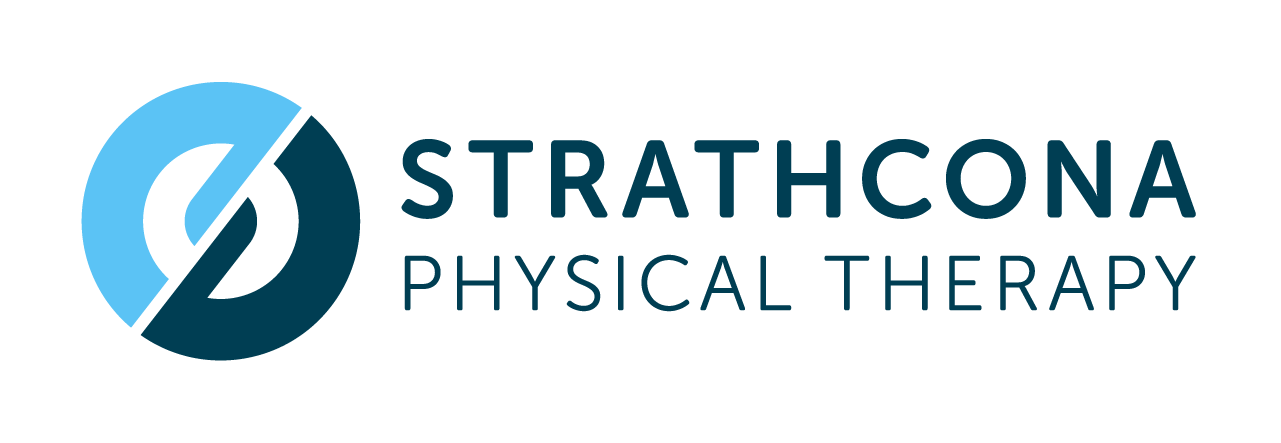The Science Behind Shockwave Therapy: Does It Really Work?
Introduction
Shockwave therapy (SWT) is a non-invasive treatment used in physiotherapy to aid healing in chronic musculoskeletal injuries. It works by delivering high-energy sound waves to stimulate blood flow, tissue regeneration, and pain modulation. But how effective is it?
How Does It Work?
SWT stimulates collagen production, angiogenesis, and pain reduction by targeting injured tissues. There are two types:Focused SWT – Deeper, precise penetration for tendons and bones.Radial SWT – Broader application for muscles and fascia.
What Does the Evidence Say?
Tendinopathies – Effective for patellar and Achilles tendinopathy (Zhang et al., 2023; Rompe et al., 2020), with results comparable to eccentric strengthening.
Plantar Fasciitis – Supported by meta-analyses (Dedes et al., 2021; Mani-Babu et al., 2020), often used as an alternative to steroid injections.
Myofascial Pain & Trigger Points – Shows promise for reducing muscle tension but varies in effectiveness (Hong et al., 2021).
Osteoarthritis – Some studies (Liao et al., 2022) suggest cartilage regeneration benefits, though long-term data is limited.
Strengths & Limitations
Benefits
Non-invasive pain relief option.
Promotes tissue repair in chronic conditions.
Few side effects.
Limitations
Not effective for all conditions (e.g., severe arthritis).
Painful during treatment for some patients.
Requires multiple sessions to see results.
Final Verdict
SWT is a valuable tool in physiotherapy, especially for chronic tendon injuries and plantar fasciitis. However, it should be integrated into a structured rehab planalongside strengthening, mobility, and manual therapy.For best results, physiotherapy remains essential to optimize recovery and prevent re-injury.
References
Dedes et al. (2021). The Foot, 47, 101762.
Hong et al. (2021). Pain Medicine, 22(3), 458-467.
Liao et al. (2022). Arch Phys Med Rehabil, 103(1), 123-134.
Mani-Babu et al. (2020). Am J Sports Med, 48(2), 524-535.
Rompe et al. (2020). Clin J Sport Med, 30(3), 273-280.
Zhang et al. (2023). Clin Rehabil, 37(4), 611-625.
